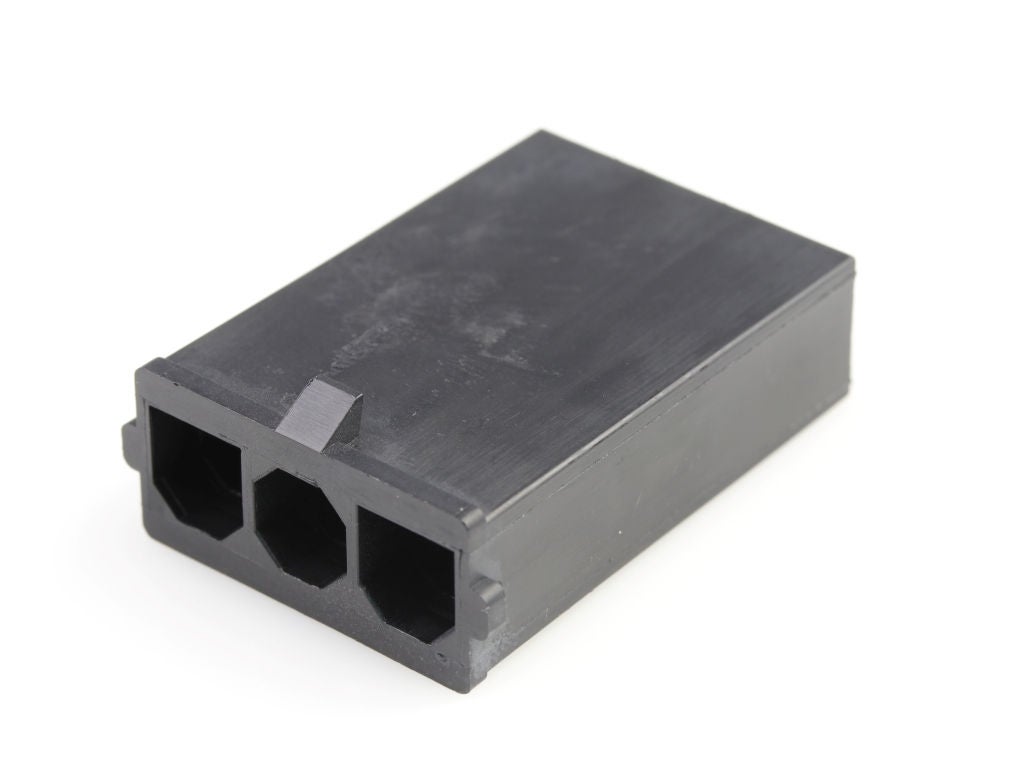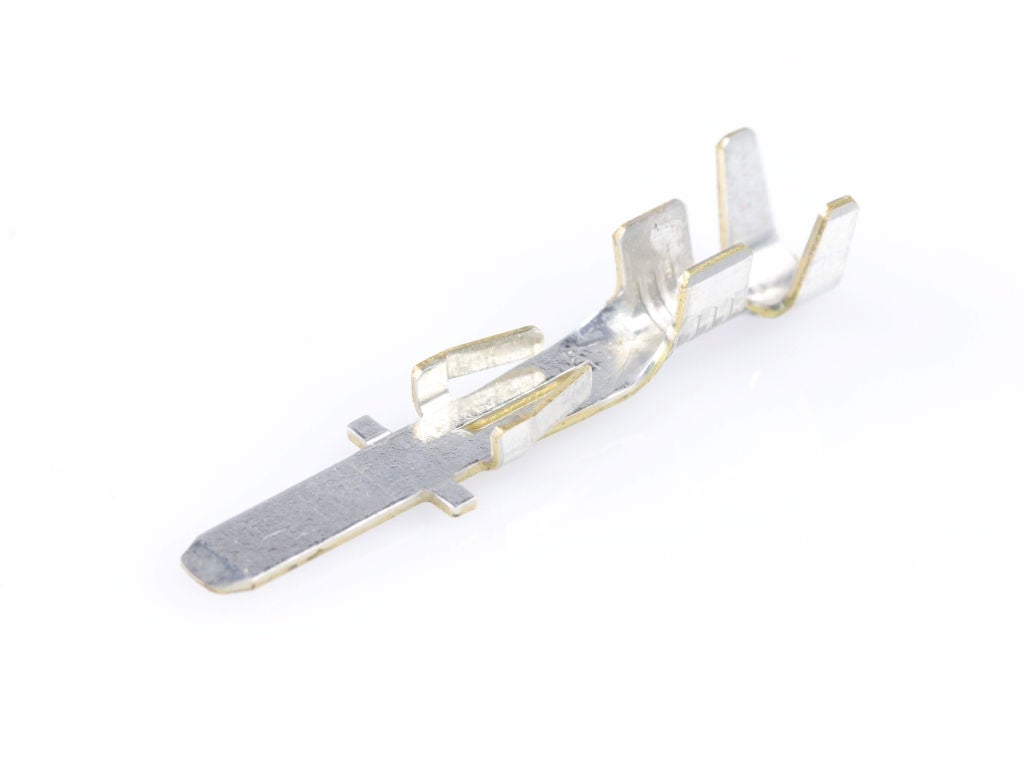Product Highlights
| Style: | Pitch: | Current: | Circuit Sizes: | Wire AWG: | Operating Temperature: |
|---|---|---|---|---|---|
| Wire-to-Wire Wire-to-Board | 7.50mm | 18.0A | 2 - 8 | 14 - 24 | up to 75°C |
Features and Benefits
Overview
The Sabre Power Connector system is ideal for robust, higher-current applications, which require design flexibility for wire- to-wire and wire-to-board configurations in both vertical and right-angle orientations. Sabre provides current ratings up to 18.0A per circuit at 600V and is available in a wide range of wire gauges and insulation thicknesses.
The core attributes of Sabre include Optional TPA (terminal position assurance) assures that crimp terminals are fully seated in their housings and prevents accidental terminal backout, fully isolated terminals, positive housing locks, low-engagement forces and polarized housings. Sabre products are UL recognized, CSA approved and TUV licensed. All components are lead-free, RoHS compliant and glow wire capable.
Applications by Industry
Countertop
Dishwasher
Dryer
Microwave
Oven
Refrigerator
Washing machine
Industrial equipment
Diagnostic equipment
Patient monitor
Power supplies
Servers
Storage
This is not a definitive list of applications for this product. It represents some of the more common uses.









